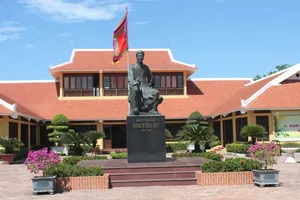Yet, in Vietnam, only a handful of domestic publishers have shown interest in catering to this growing segment.
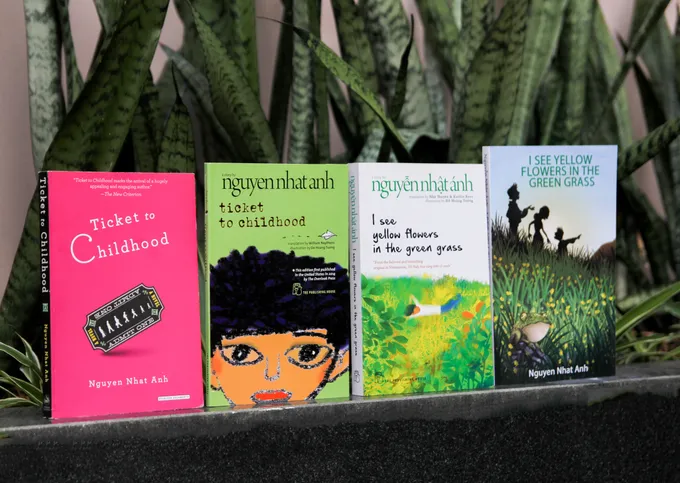
Diversifying the market
Recently, Nha Nam Media & Publishing House unveiled Designing Machine Learning Systems, written by Huyen Chip, a figure who made waves over a decade ago with her travel memoir Xach balo len va di (Pack Your Bag and Go), which became a youth trend at the time. This latest release may come as a surprise to her followers: written entirely in English, it addresses one of today’s most topical subjects — artificial intelligence (AI).
Before its Vietnamese release — translated by Do Huu Thieu and Nguyen Sy Khanh — the book had already been published in more than ten languages. The Vietnamese edition was reprinted just ten days after hitting the shelves. Huyen Chip’s case offers a telling example for local publishers, highlighting a new avenue to meet the evolving demands of today’s readership.
Not long ago, Kim Dong Publishing House also released an English edition of Nhung thu ban dung de lap mot cai ho (Things You Use to Fill a Hole) by Dy Duyen, alongside its Vietnamese version.
According to Ms. Vu Thi Quynh Lien, Deputy Director and Editor-in-Chief of Kim Dong Publishing House, translating works by Vietnamese authors has been a long-standing commitment:
“We started with picture books — collections of Vietnamese folktales and fairy tales — translated into English and French, which foreign publishers later purchased. Gradually, we moved to larger-scale works and began encouraging authors to write in both English and Vietnamese, such as This is Tet! (Dung la Tet!), My Daddy is a Runner (Ba to la Runner), and Put The Phone Down, Now! (Bo dien thoai xuong nao) by Bui Phuong Tam; A Mother’s Heart (Trai tim cua Me) by Hoai Anh; and the Be a Friend with Nature series (Lam ban voi thien nhien) by Thao Nguyen.”
She added that Kim Dong plans to translate several winners of the Kim Dong Literature Award to introduce them not only to overseas audiences but also to Vietnamese communities abroad.
Expanding reader demand
Tre Publishing House is another pioneer in translating Vietnamese works into English. In May, alongside titles such as Nguyen Nhat Anh – The Fire Keeper for Children’s Literature (Nguyen Nhat Anh – Nguoi giu lua cho van hoc thieu nhi), The Girl from Yesterday (Co gai den tu hom qua) (hardcover edition), and Growing Up with Nguyen Nhat Anh’s Books (Lon len cung sach Nguyen Nhat Anh), the publisher released the English version of Co hai con meo ngoi ben cua so (Two Cats Sitting at a Window). This follows earlier translations of Nguyen Nhat Anh’s Crying in Trees (Ngoi khoc tren cay), Have a Good Day (Chuc mot ngay tot lanh), and I See Yellow Flowers in the Green Grass (Toi thay hoa vang tren co xanh).
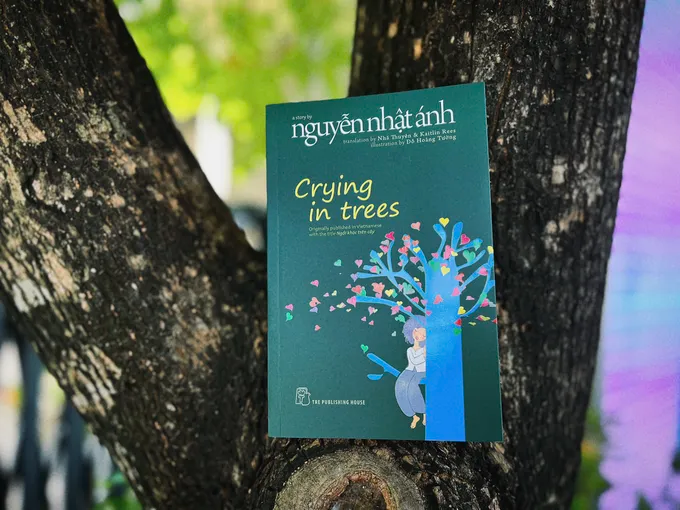
Tre has also invested in translating and publishing English editions of works by other Vietnamese authors, including Beloved Oxford (Oxford thuong yeu), Paris through Closed Eyes (Nham mat thay Paris), In the Golden Sun (Cung duong vang nang), We’ll Meet Again in San Francisco (Cho em den San Francisco), and The Little Doll and the Big Giant (Bup be nho xiu va chang khong lo) by Duong Thuy; Open the Window, Eyes Closed (Vua nham mat vua mo cua so) by Nguyen Ngoc Thuan; Endless Field (Canh dong bat tan) by Nguyen Ngoc Tu; and the illustrated series A History of Vietnam in Pictures (Lich su Viet Nam bang tranh).
The parallel release of these translations marks a positive shift in Vietnam’s publishing landscape. Beyond widening readership, it serves as a step toward promoting Vietnamese literature at international book fairs or through cultural organizations and Vietnamese embassies abroad. A notable example is I See Yellow Flowers in the Green Grass, licensed by Hannacroix Creek Books for publication and distribution in the US.
However, Mr. Nguyen Xuan Minh, Director of Planning and Copyright at Nha Nam, noted that the market is not yet large enough to justify significant investment.
“Translating Vietnamese works into foreign languages is generally more costly than the reverse. Given the current economic challenges, it’s difficult for publishers to allocate the necessary resources for such projects,” he said.
Nevertheless, Ms. Vu Thi Quynh Lien of Kim Dong remains optimistic, “Each translated work is a cultural ambassador for Vietnam, helping to facilitate international rights sales. I believe the market for Vietnamese books translated into foreign languages — or published in bilingual editions — will continue to grow as investment in the cultural industries gains momentum.”








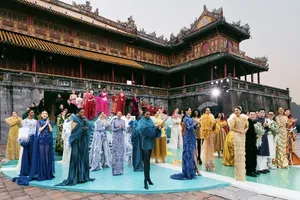




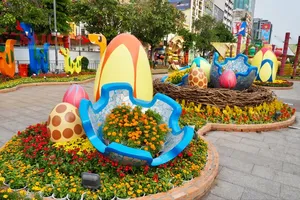
)



